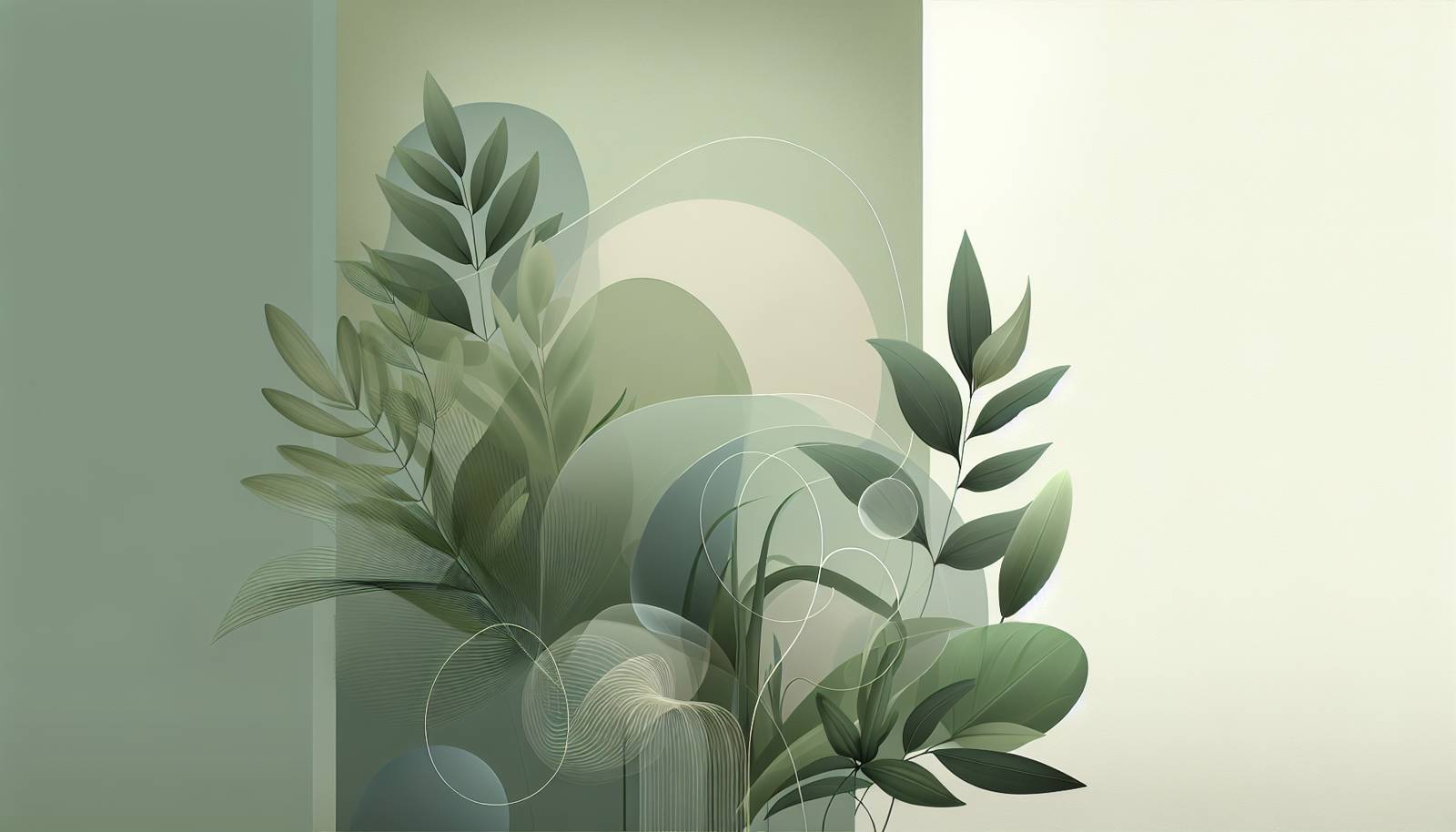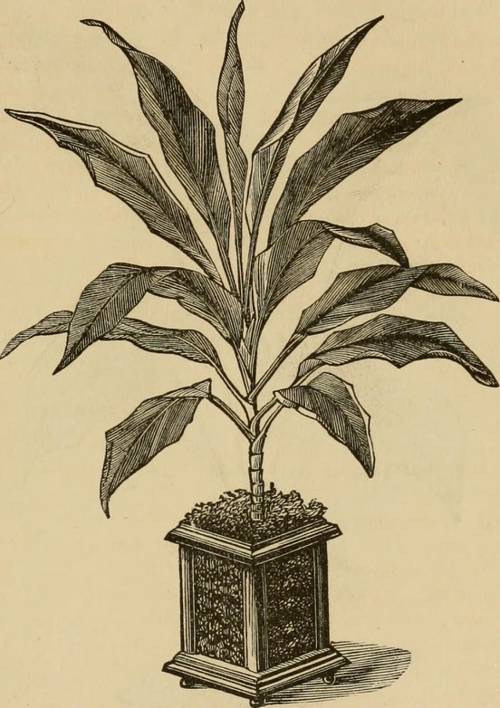
FAQ About Indoor Plant Shade Compatibility

What indoor plants thrive in shaded areas?
Several indoor plants are well-suited for shaded areas, including snake plants (Sansevieria), pothos, ZZ plants (Zamioculcas zamiifolia), peace lilies (Spathiphyllum), and cast iron plants (Aspidistra elatior). These plants are adapted to low-light environments and can tolerate indirect or low levels of sunlight.

Why do some plants prefer shaded areas indoors?
Certain plants have adapted to thrive in low-light conditions similar to their natural habitats, such as tropical rainforests where the canopy blocks direct sunlight. These plants have efficient photosynthesis processes that allow them to survive with minimal sunlight.

How do you care for indoor plants in shaded areas?
Care for shaded indoor plants involves ensuring they have the right amount of water, usually less than sun-loving plants to prevent root rot. Provide adequate humidity and maintain moderate temperatures. Dust leaves regularly to maximize light absorption.

Can all indoor plants survive in shade?
No, not all indoor plants can survive in shade. Plants that require high light levels, such as succulents and cacti, will struggle in shaded areas. It's essential to choose plants that are specifically adapted to low-light conditions.

What are the benefits of growing indoor plants in shaded areas?
Growing indoor plants in shaded areas can improve air quality by removing toxins, enhance the aesthetic appeal of dim corners, and provide a sense of tranquility and connection with nature. These areas also experience less temperature fluctuation, which can benefit certain plant species.

How often should you water indoor plants in shaded areas?
Indoor plants in shaded areas typically require less frequent watering than those in brighter spots. It's important to let the top inch of soil dry out between waterings. Always check the specific needs of the plant species to avoid overwatering.

What types of soil are best for shaded indoor plants?
A well-draining soil mix is ideal for most shaded indoor plants to prevent waterlogging. You can use a standard potting mix and ensure proper drainage by adding materials like perlite or sand to enhance aeration.

Do shaded indoor plants need fertilizer?
Yes, shaded indoor plants can benefit from fertilization during their growing season. Use a balanced, water-soluble fertilizer diluted to half strength every 4-6 weeks during spring and summer for optimal growth and health.

How can you enhance the growth of plants in shaded indoor areas?
To enhance growth, regularly rotate plants to ensure even light exposure, clean leaves to prevent dust buildup, and use artificial grow lights if necessary to supplement natural light. Ensuring proper humidity levels can also promote healthy growth.

Can shaded corner spaces support flowering plants indoors?
Some flowering plants, like peace lilies and anthuriums, can tolerate low-light conditions and still produce blooms. However, the intensity and frequency of flowering may be reduced compared to those placed in brighter areas.

Are there any common misconceptions about shaded indoor plants?
A common misconception is that shaded indoor plants require little to no sunlight. While they are low-light tolerant, occasional indirect sunlight or artificial lighting can significantly improve their health and growth.

How can I integrate shaded plants into my home decor?
Use pots and planters that complement your home’s style and place them on shelves or stands to utilize vertical space. Incorporate wall-mounted planters or hanging baskets to add greenery to various levels of your rooms, enhancing the overall aesthetics of shaded corners.

What's the difference between low light and no light for indoor plants?
Low light refers to environments with indirect light or light filtered through curtains, while no light means complete darkness. Most indoor plants require some indirect light; very few can survive in total darkness for extended periods.

Can artificial light replace natural light for shaded indoor plants?
Artificial lights, such as fluorescent or LED grow lights, can be used to supplement natural light for shaded indoor plants. While they can't fully replicate sunlight, these lights can provide the necessary spectrum and intensity needed for photosynthesis and plant health.

What signs indicate a shaded indoor plant is not thriving?
Signs that a shaded indoor plant is struggling include yellowing leaves, leggy or sparse growth, brown leaf tips, and a lack of new growth. These symptoms could indicate too little light, overwatering, or other care issues.

Can shading preferences change as a plant matures?
Some plants may tolerate shade better when young but require more light as they mature or during certain growth stages. It's important to monitor the plant’s health and adjust its environment as it grows.

How do changing seasons affect indoor plants in shaded areas?
Seasonal changes can affect light availability, temperature, and humidity levels. During winter, plants in shaded areas may receive even less light, so supplemental artificial lighting might be necessary. Adjust watering and humidity care to match seasonal shifts.

Do shaded indoor plants help improve indoor air quality?
Yes, many shaded indoor plants are effective at improving air quality. Plants like snake plants, peace lilies, and spider plants are known for their ability to absorb pollutants and increase oxygen levels in the home.

Are there any pests to watch out for on shaded indoor plants?
Common pests that can affect shaded indoor plants include spider mites, aphids, and mealybugs. Regularly inspect plants for signs of infestation, such as yellowing leaves or sticky residue, and treat promptly with appropriate pest control methods.

How can I transition outdoor shade-loving plants to indoor environments?
To transition outdoor plants indoors, gradually acclimate them to their new environment by slowly reducing light exposure over a week or two. Check for pests before bringing them inside and adjust care routines, including watering and humidity, to match indoor conditions.
